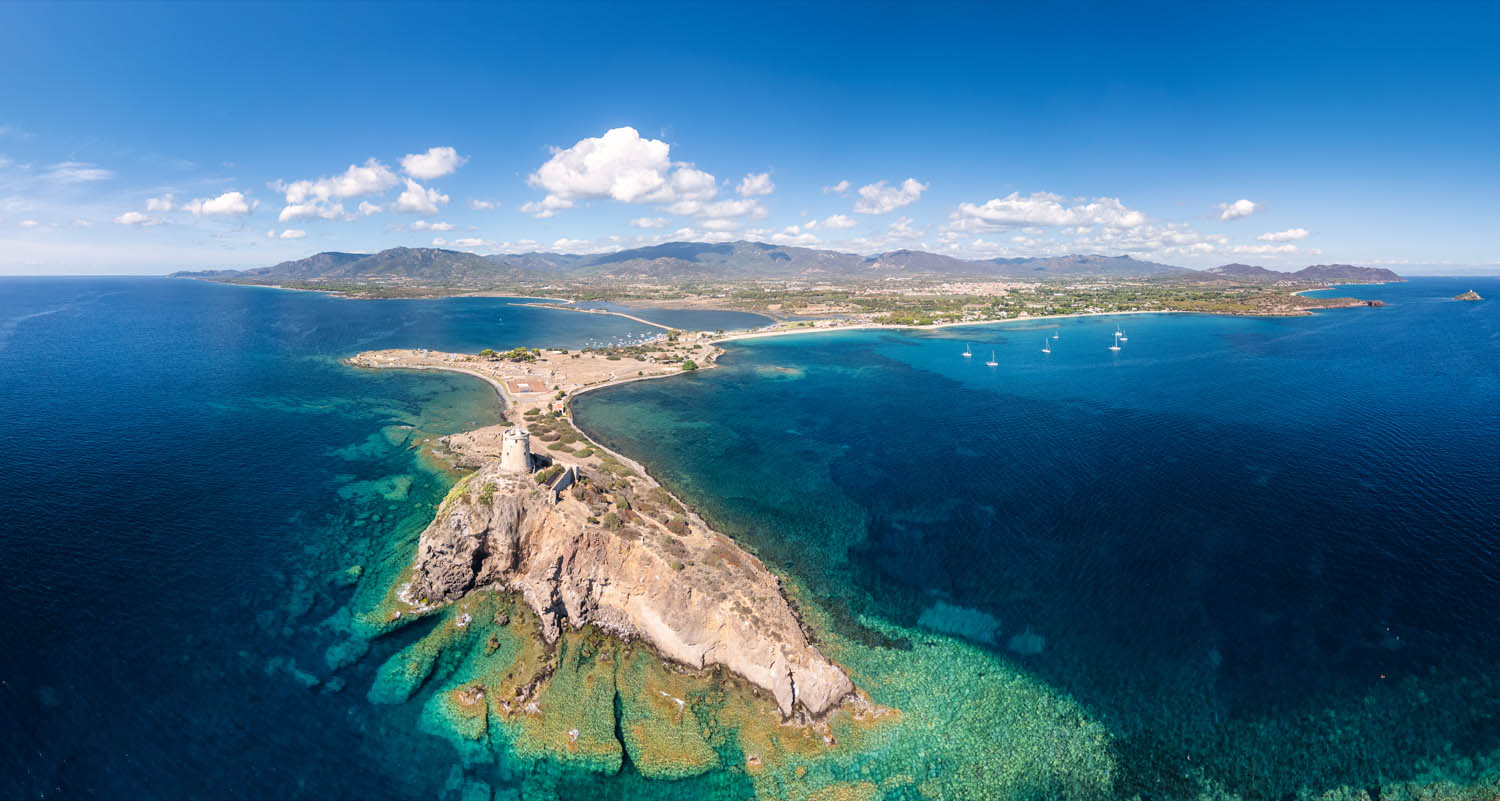
Aiello Calabro: Between History, Legend, and Food & Wine.
Our journey to Aiello Calabro, in the province of Cosenza in Calabria, halfway between the sea and the mountains, offers us a Mediterranean landscape rich in vegetation and full of the typical colors of places that evoke traditions we hold dear.
Though crossed by different peoples over the centuries, it retains a light that always makes it feel familiar and attractive—especially when accompanied by the Aiello summer, with swims in the nearby Coreca sea, long walks, and musical, theatrical, and folkloric events.

There are many local food and wine excellences: high-quality cured meats and meats, cheeses, and bread. Eggs and flour for first courses—among many, Maccarruni, tagliatelle—and a variety of sauces, from the simple and traditional to the more refined. Ingredients are always fresh and carefully cultivated from the land.

The quintessential dessert: u’nginèttu, a biscuit covered with a glaze made of sugar and egg white.

In Aiello Calabro—stunning in its multifaceted charm—even visitors recently experienced a day full of emotion with the reopening of the Norman Castle, complete with a ribbon-cutting ceremony.

Narrow alleys and stone houses, traces of past eras, natural landscapes, woods, and rivers. Over time, Aiello has been the center of major disputes. Legend has it that the Saracens, in an attempt to starve the town into surrender, were forced to abandon their siege thanks to the cleverness of the townspeople, who began throwing “chunks” of cheese from the castle walls to give the impression of having an overabundance of food.

Many artifacts have been uncovered during the recent restoration, allowing for a reconstruction of the area’s past—from the Arabs, Byzantines, Normans, to the Angevins and Aragonese.

The Normans laid siege to it for four months before it surrendered. Under the Aragonese, the fief was assigned to the Viceroy of Calabria, Francesco Siscar.

The town then experienced a very prosperous period, which continued under Spanish rule, when agriculture and silk production (sericulture) flourished, becoming a major source of wealth for the region.

Raw silk was partly exported as skeins and then processed elsewhere. The main production center was Catanzaro, which already had three hundred looms in the 1500s, followed by Cosenza and Reggio Calabria. The Kingdom of Naples also benefited greatly from this trade.

Numerous architectural gems can be found, such as the Church of Santa Maria Maggiore, San Giuliano, and Madonna del Rosario di Cannavali. Then there are Viola Palace, Maruca Palace, De Dominicis Palace, the Palace of Malta, and the Cybo-Malaspina Palace.

This is the statement from Mayor Luca Lepore:
“If you want to experience a timeless emotion and get a firsthand feel of a piece of Calabria’s history, come to Aiello. August will welcome you with major events, and September will let you enjoy the crisp air and a sense of peace that refreshes and touches the soul. We look forward to seeing you!”
Giornalista detentore dal 2015 del Guinness World Records TV e Ambasciatore Borghi più Belli d’Italia.
Leggi in:
![]() Italiano
Italiano









